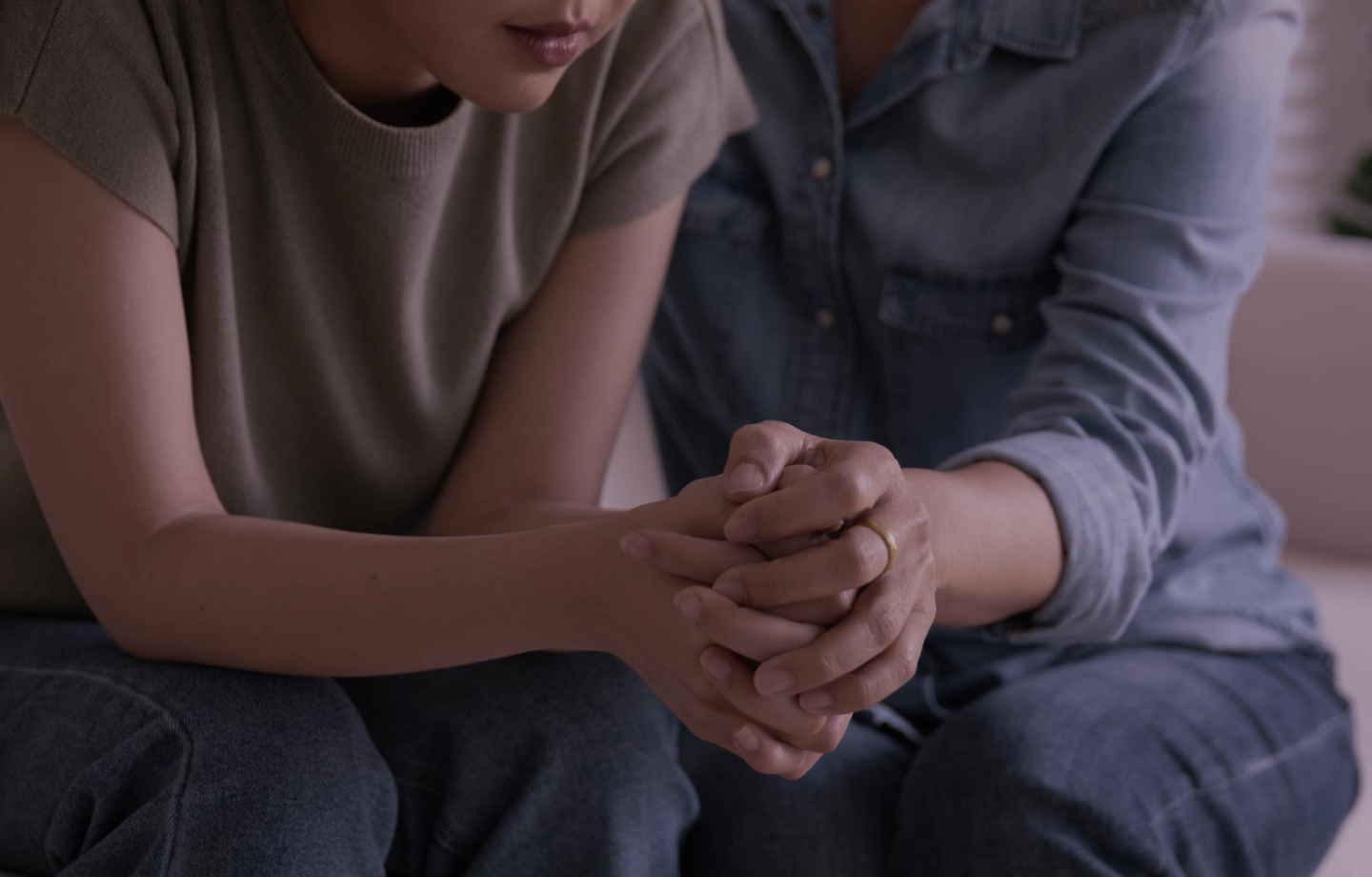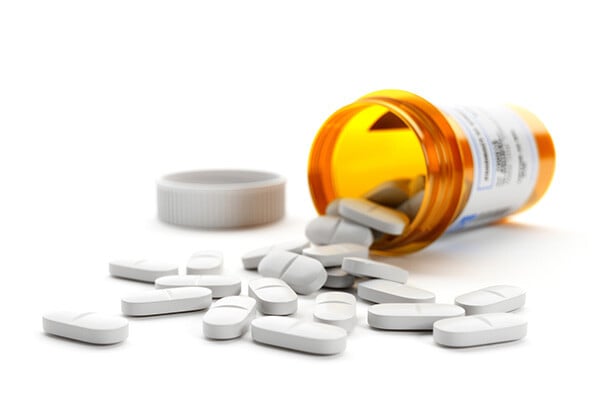Using a substance may start with a decision, but substance use disorder isn’t a choice or moral failing. It’s a chronic disease, much like diabetes or heart disease. Attaching stigmas or assumptions to it prevents people from getting help. Start here to clear up your misconceptions about substances.

Let's Be Clear:Substance use disorder is a treatable disease. Help starts here.
Stigmas create walls and barriers that prevent us from seeing each other clearly. But one thing’s clear – everyone and anyone can be affected by substance misuse. So, let’s open up about safety, support, recovery and prevention. Knowing the truth could be the difference between life and death.
Understanding Substance Use Disorder
Start with the Facts

If you or a loved one is misusing substances or living with a substance use disorder, help is here.
Let’s Be Clear:
In South Dakota, Opioids are Involved in Nearly Half of All Overdose Deaths.


